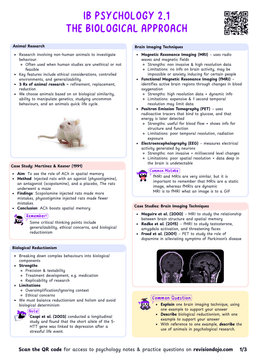Cognitive Models
- Theoretical frameworks that describe how mental processes work, such as the multi-store memory model (Atkinson & Shiffrin) or the working memory model (Baddeley & Hitch).
- These models act like maps of the mind, breaking complex processes into manageable components.
Key Concepts
- Cognitive models are theoretical frameworks that describe how mental processes work.
- They break down complex processes into manageable components.
- Models are not literal representations of the brain but are conceptual tools to understand how cognition operates.
- Think of a cognitive model as a flowchart for a computer system.
- It shows how input, storage, and retrieval work, but it doesn't reveal the physical hardware inside the computer.
Multi-Store Memory Model (Atkinson & Shiffrin)
- Proposed by Atkinson and Shiffrin (1968), this model describes memory as a system with three distinct stores: sensory memory, short-term memory, and long-term memory.
- Information flows sequentially through these stores, with processes like attention and rehearsal determining whether it is retained or forgotten.
Key Components
- Sensory Memory: Holds one piece of information for a brief period (less than a second).
- Short-Term Memory (STM): Holds 7±2 pieces of information for about 15-30 seconds.
- Long-Term Memory (LTM): Stores an unlimited amount of information indefinitely.
How It Works
- Information enters sensory memory through the senses.
- If attended to, it moves to STM.
- Through rehearsal , information is transferred to LTM.
- Retrieval brings information from the LTM to the STM
Glanzer & Cunitz (1966)
Aim : To investigate the serial position effect.
Method: Participants were asked to recall a list of words.
Findings: Words at the beginning (primacy effect) and end (recency effect) of the list were recalled better.
Conclusion : Supports the MSM by demonstrating the existence of STM and LTM.
Evaluation
Strengths
- Provides a clear structure for understanding memory.
- Supported by empirical evidence.


